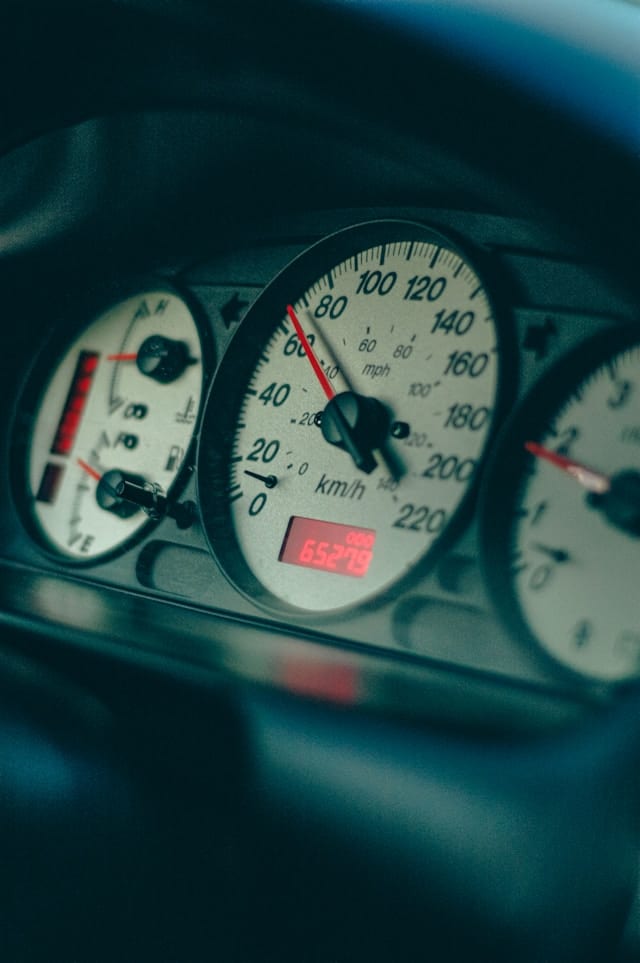How to Install a High-Precision Fuel Pressure Gauge in a Lotus Exige for Track Day Accuracy?

In the high-octane world of auto performance, precision is paramount. When you’re behind the wheel of a high-performance vehicle like the Lotus Exige, maintaining optimal fuel pressure can be the difference between setting a personal best and sitting on the sidelines with a failed engine. This guide shows you step-by-step how to install a high-precision fuel pressure gauge in a Lotus Exige.
Choosing the Right Fuel Pressure Gauge
Before getting started with the installation process, it’s important to choose the right fuel pressure gauge for your Lotus Exige. The gauge you choose should offer a high level of precision and be able to withstand the demands of a high-performance engine like the Exige.
A voir aussi : What’s the Best Way to Install Advanced Telematics in a Commercial Vehicle Fleet for Better Management?
Not all fuel pressure gauges are created equal. The right one for your Lotus Exige should be made by a reputable manufacturer, offer a high degree of accuracy, and be certified for use in high-performance applications. It should also be compatible with your specific model of Exige and easy to read, even under high-speed conditions.
Consider the quality of material used, the reliability of the gauge, and ease of installation. Once you’ve selected the perfect fuel pressure gauge for your Exige, it’s time to move on to the installation process.
Avez-vous vu cela : Can You Retrofit a Carbon Ceramic Brake System on a Ford Fiesta ST for Improved Braking Performance?
Preparing for Installation
Before you begin installing your fuel pressure gauge, you’ll need to gather a few necessary tools and materials. You’ll need a screwdriver, wrench set, wire cutter, and protective gloves. You’ll also need a fuel pressure gauge kit that typically includes the gauge itself, a mounting bracket, a hose, and the necessary connectors.
In addition, it’s a good idea to have a fire extinguisher handy, just in case of a fuel spill. Always remember to work in a well-ventilated area to prevent the build-up of harmful fumes.
Once you have all the necessary tools and materials, and you’ve ensured your work area is safe, you’re ready to install your high-precision fuel pressure gauge.
Installing the Fuel Pressure Gauge
The first step in the installation process is to locate the fuel pressure port on your Lotus Exige’s engine. This is typically located on the fuel rail, although its exact location may vary depending on your specific model.
Once you’ve found the fuel pressure port, you’ll need to remove the existing cap or plug using your wrench set. Next, attach the hose from your fuel pressure gauge kit to the fuel pressure port.
You’ll then need to mount the fuel pressure gauge in a location where it can be easily read while driving. The ideal location for this will depend on your specific Exige model, but the gauge should be mounted on the front of the dash or on the steering column for easy visibility.
Fine-Tuning and Maintaining Your Gauge
Once you’ve installed your fuel pressure gauge, it’s important to regularly monitor it to ensure it’s functioning as expected. This is particularly important during high-performance driving situations such as track days.
The fuel pressure gauge should provide a steady reading under normal driving conditions. If the reading fluctuates wildly or drops suddenly, this could indicate a problem with your fuel system that needs immediate attention.
Regular maintenance of your gauge is also essential for accurate readings. This includes cleaning the gauge face, checking for leaks in the hose or connectors, and ensuring the mounting bracket is secure.
High-performance driving is all about precision, accuracy, and control. Adding a high-precision fuel pressure gauge to your Lotus Exige can provide valuable information about your fuel system’s performance. With this guide, you can easily install and maintain your fuel pressure gauge for optimal track day accuracy.
Integrating Additional Features for Compatibility
While installing a high-precision fuel pressure gauge in a Lotus Exige is incredibly beneficial, integrating additional features can significantly enhance your driving experience and performance. Two key additions include a GPS module and a fuel pump.
Firstly, a GPS module is a smart addition to any high-performance car like the Lotus Exige, Lotus Evora, or the all-new Lotus Emira. This module aids in monitoring driving data, which can be crucial while on the track. It can help you navigate the course, measure lap times, and provide real-time tracking statistics that can be invaluable for improving performance.
Furthermore, a high-quality fuel pump is another critical component of a well-performing fuel system. An efficient fuel pump ensures that the fuel pressure is maintained consistently, preventing potential drops in pressure which could negatively impact the engine’s performance. Therefore, while installing the fuel pressure gauge, it’s worthwhile to inspect your fuel pump and replace it if necessary.
Remember, acquiring these additional features from a reputable manufacturer is crucial. Only reliable manufacturers uphold high standards, which align with the high-performance requirements of the Lotus Exige and other sports cars like the Lotus Elise and Lotus Evora.
Conclusion: Enhancing Your Lotus Exige Experience
Installing a high-precision fuel pressure gauge into your Lotus Exige or any sports car like Lotus Elise or Lotus Evora, is a significant step towards optimizing your vehicle’s performance. Coupled with the installation of a GPS module and a high-quality fuel pump, you can ensure even higher track day accuracy and a more enhanced driving experience.
The fuel pressure gauge helps you to maintain an optimal fuel pressure level, which is key to preventing engine failure and enhancing performance. The precision, accuracy, and control afforded by the gauge, coupled with a high-quality fuel pump, ensure that your fuel system operates at peak performance. Moreover, the addition of a GPS module makes it easy to monitor and optimize your driving data.
Remember, a successful installation process begins by choosing a high-quality fuel pressure gauge from a reputable manufacturer. The quality of the gauge is crucial, as it must withstand the high performance of sports cars like the Lotus Exige. The gauge should be compatible with your specific model and should offer a high degree of accuracy.
In conclusion, a high-precision fuel pressure gauge is an invaluable addition to your Lotus Exige. It not only enhances your vehicle’s performance but also ensures a safer, more controlled, and accurate driving experience on the track. With the guidance provided in this article, you are now equipped to install and maintain your fuel pressure gauge with confidence. Happy driving!
